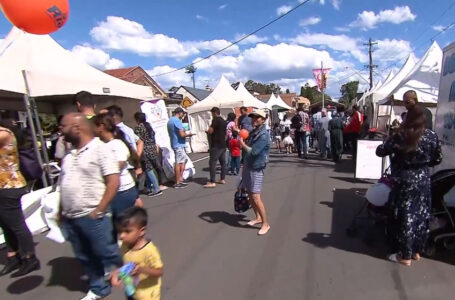5 THINGS TO KNOW ABOUT THE NEPAL EARTHQUAKE

Earthquakes and tsunamis are nature’s way of reminding us that there is much out of our control yet. The earthquake that happened last month in Nepal killed 10,000 people and injured many more. In this piece, we look at five things that all of us should know about the Nepal earthquake.
On April 25, 2015, an earthquake of gigantic proportions hit Nepal. On the Richter Scale it measured 7.8, and just like that, the city of Kathmandu was laid to ruins, collapsing buildings, damaging property, taking lives. Here are seven things that cover the basic facts surrounding the latest natural disaster to hit humanity.
1. Casualties and damage
The initial death toll from the first day itself was around 4000 people. But as more and more information came in, it has climbed to as much as 10,000. Not only did the quake claim lives in Kathmandu and other parts of Nepal, about 18 people died on the slopes of the Everest due to an avalanche caused by the quake, and another 61 people died in the neighbouring Indian state of Bihar. Nearly 100 aftershocks have accompanied the quake, some of them measuring as high as 6.7 on the Richter Scale. The worst quake ever to hit Nepal was an 8.0 quake that ruined Kathmandu in 1934.
2. Aid efforts
Aid has been extremely forthcoming from practically every country ever since the incident happened. The first countries to respond were Nepal’s neighbours – India, Pakistan and China. Most shops in the area were closed after the Government declared a weeklong period of recovery. Only pharmacies and fruit vendors did any business. Presently, all the main countries in the world – the US, Canada, Britain, the UAE, Germany, France, Poland, Italy, Israel and Singapore – also sent aid, in the form of rescue airplanes filled with blankets, food items and other supplies.
3. Sinking of the Himalayas
The earthquake was so violent that it moved mountains. Satellite imagery shows that certain parts of the Himalayas sank three feet – and the area around it as much as five feet – as tectonic plates snapped under extreme pressure. But as the pressure eases over the years and decades following this, the mountains are expected to rise back to their original height. The Himalayas rose originally as the Indian plate pushed against the Eurasian plate, but now, with the earthquake some of the pressure got released and therefore the mountains sank. But soon, the plates will begin pressing up once again.
4. Avalanche on Mount Everest
The event unleashed a deadly avalanche on the slopes of Mount Everest, killing 18 people and leaving dozens of people injured. Many are missing and presumed to be dead. The avalanche struck near one of the famed mountain’s most dangerous spots. It swept down between the Khumbu Icefall and the base camp used by international climbing expeditions. Facebook postings by climbers suggested that many people may have been buried in their tents when the avalanche hit.
5. Nepal’s preparation
Even though the country knows that it is lying in an area which is prone to earthquakes, it is not equipped politically and economically to deal with incidents of this nature. It is a relatively poor country, in spite of its beautiful scenery and potential for tourism. A Constituent Assembly was set up in the country in 2008, after a century-old Maoist insurgency was snuffed out and democracy was established, but their actions have been plagued by infighting. Even today, that is the problem.
Related Posts
[catlist name=World]







